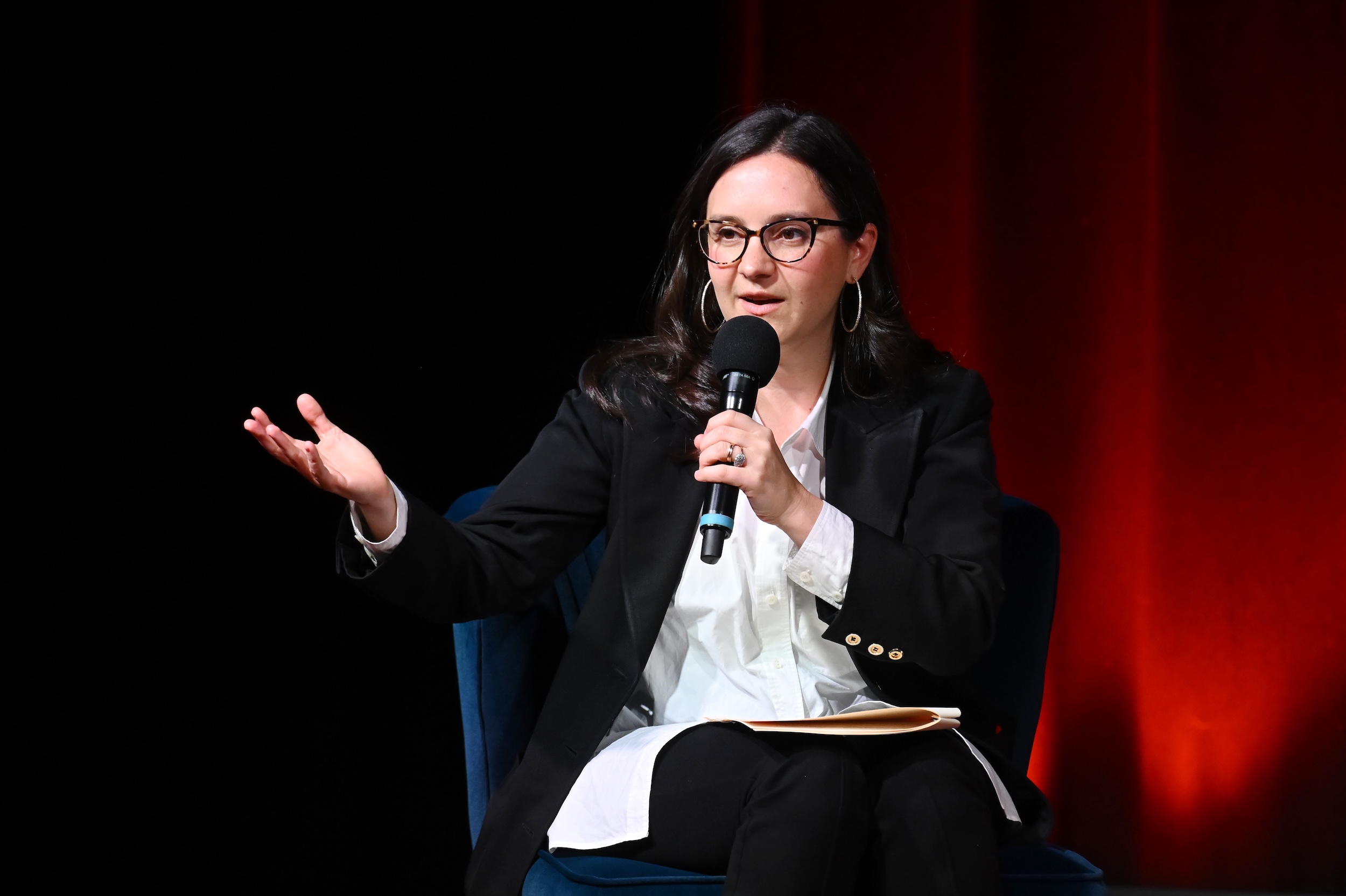This isn't as common as it used to be in tennis, but it is still possible for critics to stare at a child who cannot legally vote and think, "Well, what the hell have you even accomplished lately?" Coco Gauff—just 18 years old but a de facto veteran, which is what happens when you break into the fourth round of Wimbledon as a 15-year-old—now has some fine answers to this question. For one: She finished home school and celebrated graduation at the Eiffel Tower, which is probably cooler than whatever you did to mark your graduation. For another: She has figured out what kind of tennis player she is. Though her talent and tools were always obvious, it can be hard, in those early days of prodigy, to envision what the finished player might look like. Each match she wins at this year's French Open is building the case: Coco is already one of the best defenders in tennis, and will only get harder and harder to break through as she gets physically stronger. The women's game has seen some all-time defenders in this era—Simona Halep and Angelique Kerber, to name two of the best—but perhaps none with Gauff's athletic upside. A new brick wall is rising on the WTA.
Last season, it became clear that clay was most apt surface for Gauff's hyper-mobile game. She went 16-4 on the 2021 clay season, ending in the quarterfinals of the French Open, where she lost to eventual champ Barbora Krejickova—her best showing at a major until this week. This clay season, Gauff didn't have such success leading up to Paris, but upon arrival at the main event, the No. 18 seed hasn't blinked, winning 10 sets in a row en route to Thursday's semifinal. It should be noted that Coco has also benefited from others' misfortune; the top four seeds in her half of the draw ate it in the first and second rounds. The highest-ranked player Gauff faced, No. 31 seed Elise Mertens, also happened to be the one she dispatched most easily, dropping just four games. In the next round she ably handled Sloane Stephens, another top-tier defender whose forehand is sharper than any of Coco's strokes.
Watching Gauff at Roland Garros this year, I'm inspired by how well she's doing while there's still so much more in her game to unlock. Though she's capable of serious numbers on her first serve, the second serve can be unreliable. Though her backhand has always been solid, her loopy forehand is struck with inconsistent timing and often off her back foot, landing shallow in the court. Offensive improvements should follow, but she's bought herself time with the defensive foundation already in place. Her specific talent is sometimes called shot tolerance: being unfazed by whatever combination of pace, spin, and angle is coming your way, getting it back into play without making an error. Gauff's shot might not be the strongest or deepest possible reply, but it is a reply nonetheless, one more ball an opponent has to run to and send back. The cumulative tax on an opponent's legs can be match-winning in itself. While it's not the most time-efficient way to win, if you happen to have the agility and stamina of an 18-year-old super-athlete, it's not a bad way to while away the hours.
Gauff has given every indication of intense focus and, more recently, a sense of perspective. After beating Stephens on Tuesday, she talked about abandoning her younger self's "tennis, tennis, tennis" tunnel vision during major tournaments, in favor of walking around Paris and going on bike rides. When your talent puts you this far ahead of professional schedule, you might also get a head start on the veteran wisdom, too.







